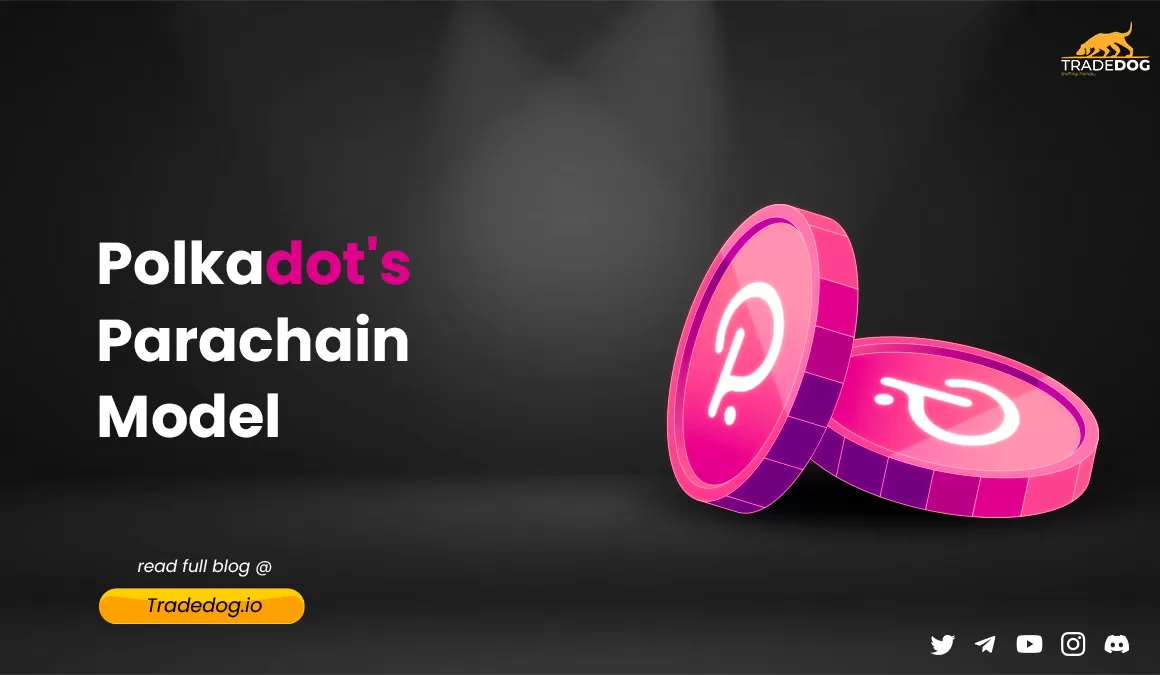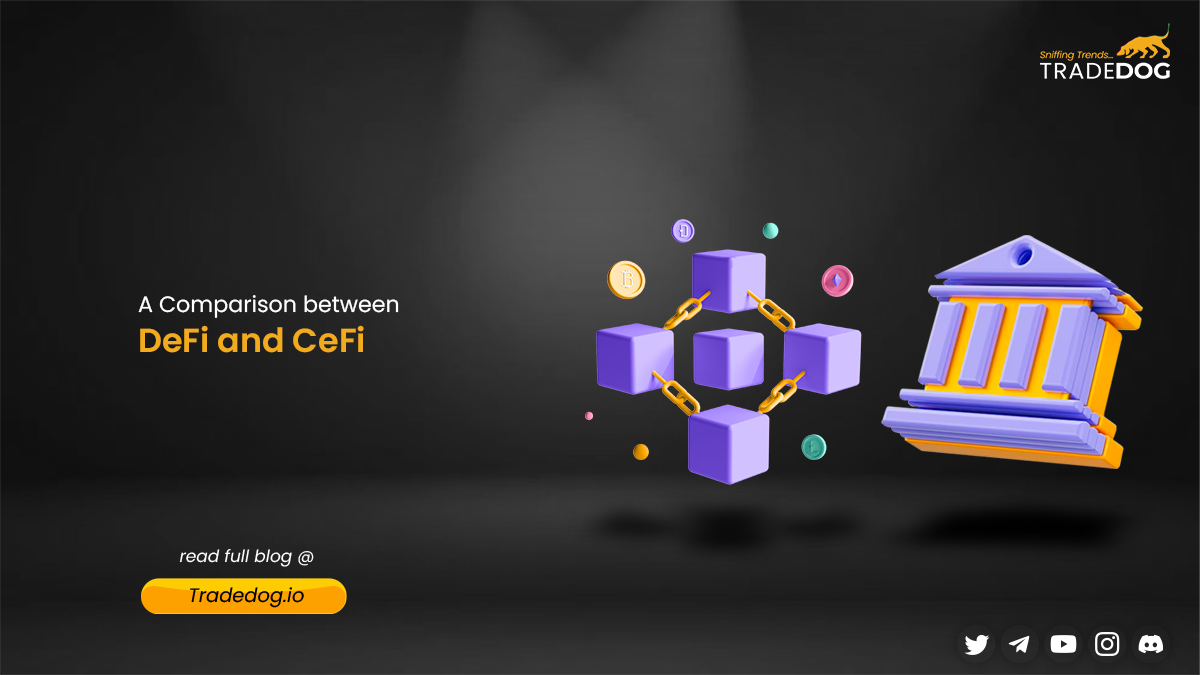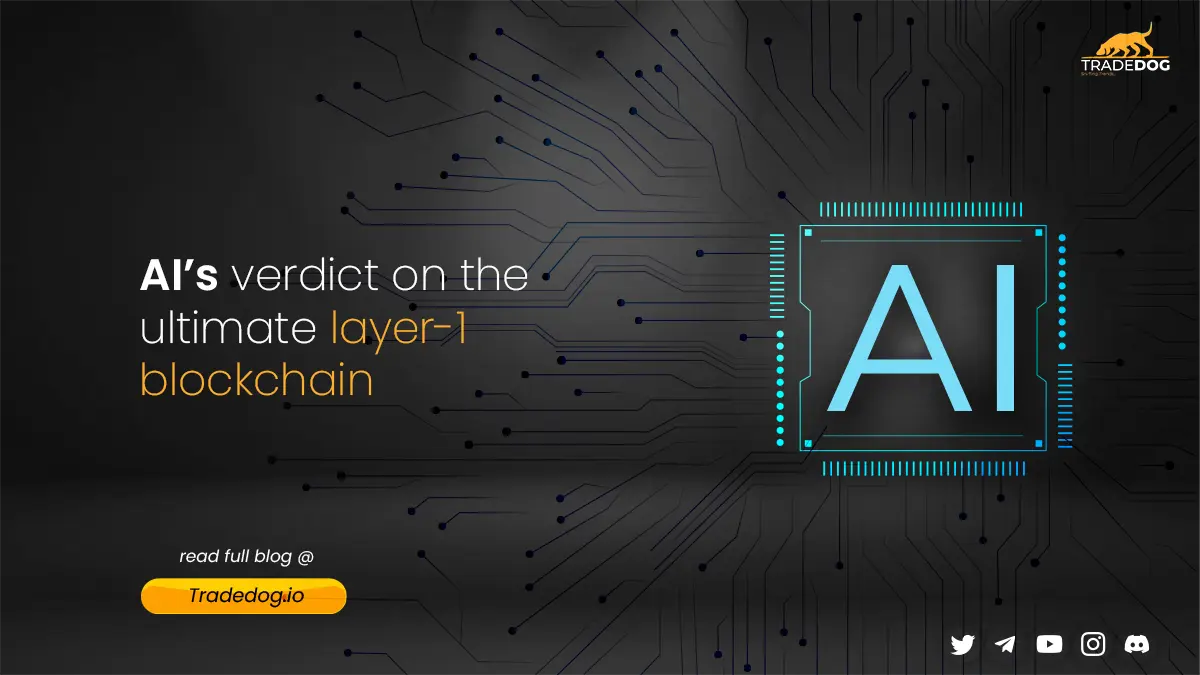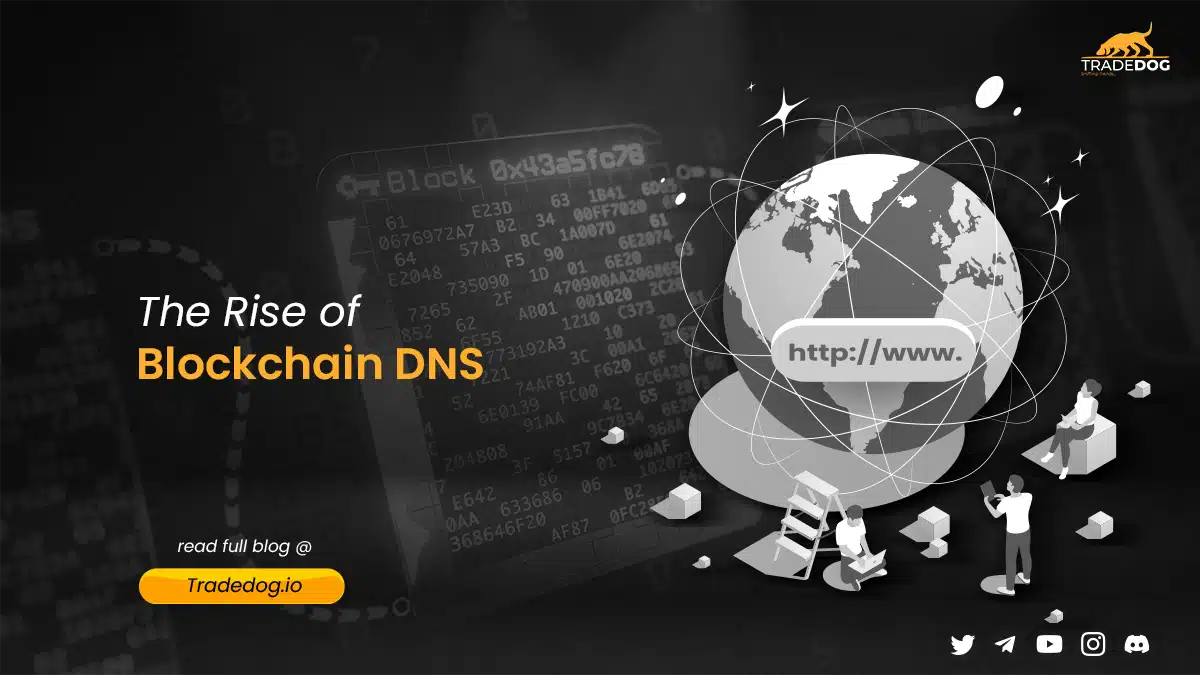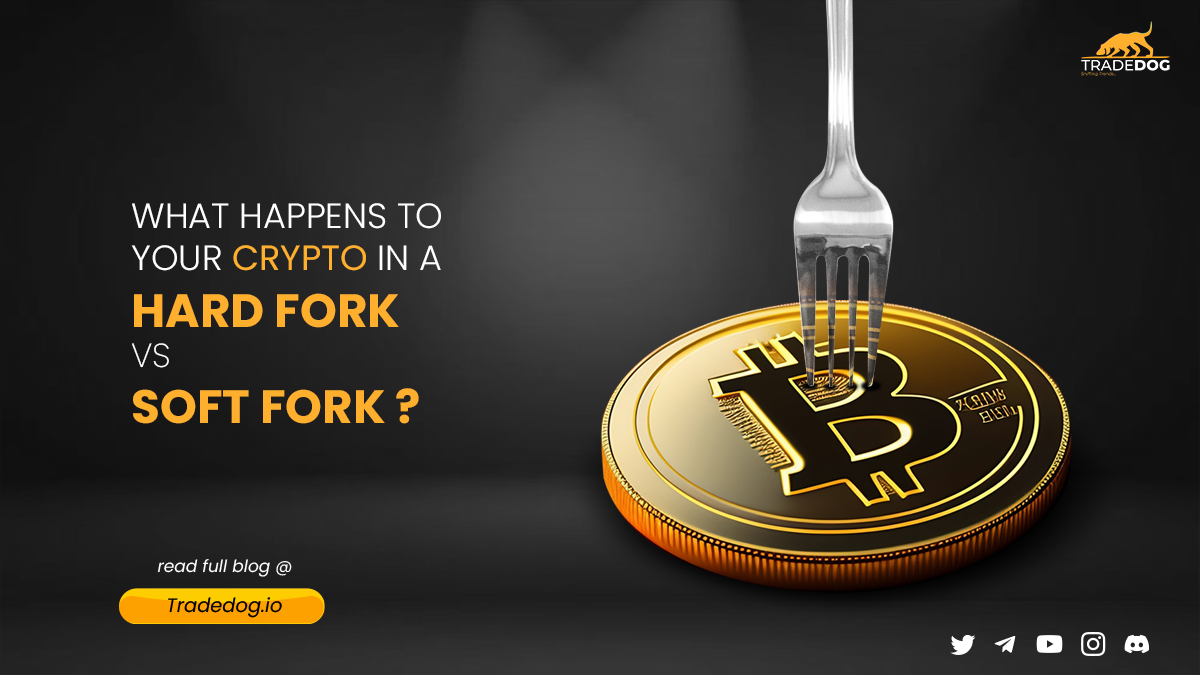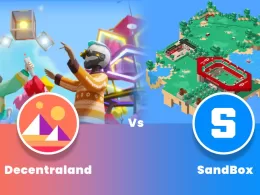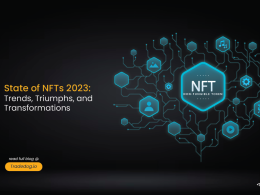Quick Links
In recent years, blockchain technology has gained immense popularity. Many different blockchain networks have emerged, each with unique features and limitations. However, interoperability between blockchains is one of the biggest challenges facing the blockchain industry. Polkadot is a blockchain network that aims to solve this problem by introducing a unique concept known as the parachain model.
What is Polkadot?
Polkadot is a blockchain network created by Gavin Wood, also one of the co-founders of Ethereum. The Polkadot network is designed to be a scalable and interoperable blockchain platform. It has several components, including the Relay Chain, parachains, and parathreads.
The Parachain Model
A parachain is a blockchain that runs parallel to the Polkadot Relay Chain. Each parachain can have its rules, governance, and tokens. The purpose of the parachain is to enable different blockchain networks to communicate, thereby increasing the overall interoperability of the blockchain industry.
How does the parachain model work?
The parachain model allows different blockchain networks to connect to the Polkadot network as a parachain. Each parachain is connected to the Polkadot Relay Chain, a central hub for all the parachains. This allows for cross-chain communication and interoperability between different blockchains.
Each parachain has its own rules and governance, allowing for greater flexibility and customization. The parachains can also communicate with each other, which further enhances the overall interoperability of the Polkadot network.
What is Polkadot’s relay chain?
Polkadot’s relay chain is the central component of the Polkadot network that serves as the backbone for the entire system. It is responsible for coordinating and managing the network’s overall operation and ensuring the interoperability of the parachains connected to it.
The relay chain serves as a hub that connects multiple parachains to the Polkadot network. Each parachain is connected to the relay chain through a bridge that allows for the exchange of data and assets between the parachains and the relay chain.
The relay chain also plays a critical role in securing the network through its consensus mechanism, Nominated Proof-of-Stake (NPoS). Validators on the network stake their DOT tokens to participate in the consensus process and secure the relay chain. This ensures the network remains decentralized, transparent, and secure.
Benefits of the parachain model
The parachain model introduced by Polkadot has numerous benefits over other blockchain solutions, some of which are:
Interoperability
The parachain model provides interoperability between blockchains, allowing for seamless communication and data exchange. This is a significant advantage over other blockchain solutions that operate in isolation and lack interoperability.
Scalability
The Polkadot network’s parachain model is designed to be highly scalable, allowing multiple parachains to run concurrently on the network. This makes it more efficient than other blockchain solutions that struggle with scalability issues as the number of users and transactions increases.
Customizability
Parachains can be customized to meet their users’ specific needs, making them more adaptable and flexible than other blockchain solutions that operate on a fixed protocol.
Cross-chain communication
The parachain model enables cross-chain communication, meaning that different blockchains can exchange data and assets without requiring a centralized exchange. This is a significant advantage over other blockchain solutions that rely on centralized exchanges to facilitate cross-chain transactions.
Decentralization
By letting many validators participate in the consensus process and protect the network, the parachain paradigm ensures that the Polkadot network remains decentralised.This provides a higher level of decentralization than other blockchain solutions that may rely on a smaller group of validators to secure the network.
Overall, the benefits of the parachain model are significant and address many of the key challenges facing the blockchain industry. Its interoperability, scalability, customizability, shared security, cross-chain communication, and decentralization make it a game changer for the blockchain ecosystem and position it as a leading solution for the future of blockchain technology.
Parachains vs. Parathreads
Parachains and parathreads are both components of the Polkadot network, but they differ in several key ways.
Parachains are full-fledged blockchains that connect to the Polkadot network through the relay chain. They have their own validators and consensus mechanisms and can run their own smart contracts and decentralized applications (dApps). Parachains are designed for high throughput and scalability and can process large volumes of transactions simultaneously. They are also highly customizable and can be tailored to meet the specific needs of their users.
On the other hand, parathreads are lightweight versions of parachains that offer a more cost-effective and flexible alternative. Parathreads share the security and resources of the Polkadot network, but they do not require a full-time slot on the relay chain. Instead, they can be allocated a slot on demand as needed, which allows them to operate more efficiently and at a lower cost. Parathreads are designed for lower throughput and scalability but offer blockchain developers a more flexible and cost-effective option.
What are the fees and costs of running a Parachain?
Running a parachain on the Polkadot network involves various costs and fees that depend on several factors.
Firstly, a parachain requires a significant upfront investment in DOT tokens, the native tokens of the Polkadot network. To secure a parachain slot on the relay chain, a project must lock up a substantial amount of DOT tokens, which may vary depending on market conditions and competition from other projects.
Secondly, running a parachain also incurs ongoing operational costs, such as transaction fees, network fees, and storage fees. These fees are paid in DOT tokens to incentivize validators to process transactions and secure the network. The fees may vary depending on network congestion, transaction volume, and other factors.
Thirdly, a parachain may require additional development, maintenance, and upgrade costs. These costs may include hiring developers, auditors, and other experts and purchasing hardware and software licenses.
The fees and costs of running a parachain on the Polkadot network can vary widely depending on the specific project and its requirements. However, by participating in the network, projects can benefit from the security, scalability, and interoperability of the Polkadot ecosystem, providing significant advantages over other blockchain solutions.
Real-world Applications of Polkadot’s parachain model:
Polkadot’s parachain model has numerous real-world applications in various industries, including decentralized finance (DeFi), gaming, supply chain, and more.
In DeFi, Polkadot’s parachain model offers numerous benefits, such as interoperability, scalability, and reduced transaction costs. For instance, Acala, a DeFi platform on Polkadot, offers a multi-collateralized stablecoin, decentralized exchange, and other DeFi services. Similarly, Moonbeam, a Polkadot-based smart contract platform, provides an Ethereum-compatible environment for DeFi applications, enabling easy porting of Ethereum dApps onto the Polkadot network.
Polkadot’s parachain model offers an efficient, secure, and decentralized platform for building blockchain-based games in the gaming industry. Examples include Plasm Network, a Polkadot-based layer two scaling solution for building decentralized games, and Kusama, a Polkadot-based platform for building decentralized applications, including games.
In the supply chain industry, Polkadot’s parachain model enables the creation of secure and transparent systems for tracking and managing the movement of goods and services. For instance, OriginTrail , a Polkadot-based supply chain traceability platform, allows businesses to track the origin and movement of their products, ensuring compliance and transparency.
Other industries benefiting from Polkadot’s parachain model include healthcare, insurance, energy, and more. For example, ChainX, a Polkadot-based project, offers an interoperable platform for building decentralized energy systems, while KILT Protocol enables the creation of secure and transparent digital identity solutions.
Future Outlook
Polkadot’s parachain model is poised to revolutionize the blockchain industry with its game-changing features and capabilities. Its potential impact is far-reaching, offering solutions to critical challenges such as interoperability, scalability, and efficiency.
The parachain model’s ability to facilitate seamless communication and data exchange between blockchains paves the way for increased collaboration and innovation. It sets a new standard for interoperability in the industry, enabling diverse blockchain networks to connect and interact effectively.
Moreover, the scalability and efficiency provided by the parachain model address the growing demands of decentralized applications in sectors like DeFi, gaming, supply chain, and more. It empowers developers to create highly scalable and customizable solutions that cater to specific industry needs.
Looking ahead, the future of Polkadot’s parachain model appears bright. As the ecosystem grows and more projects adopt the parachain model, we can expect further advancements and widespread adoption. This will foster a thriving environment for collaboration, development, and the emergence of groundbreaking applications across various industries.





